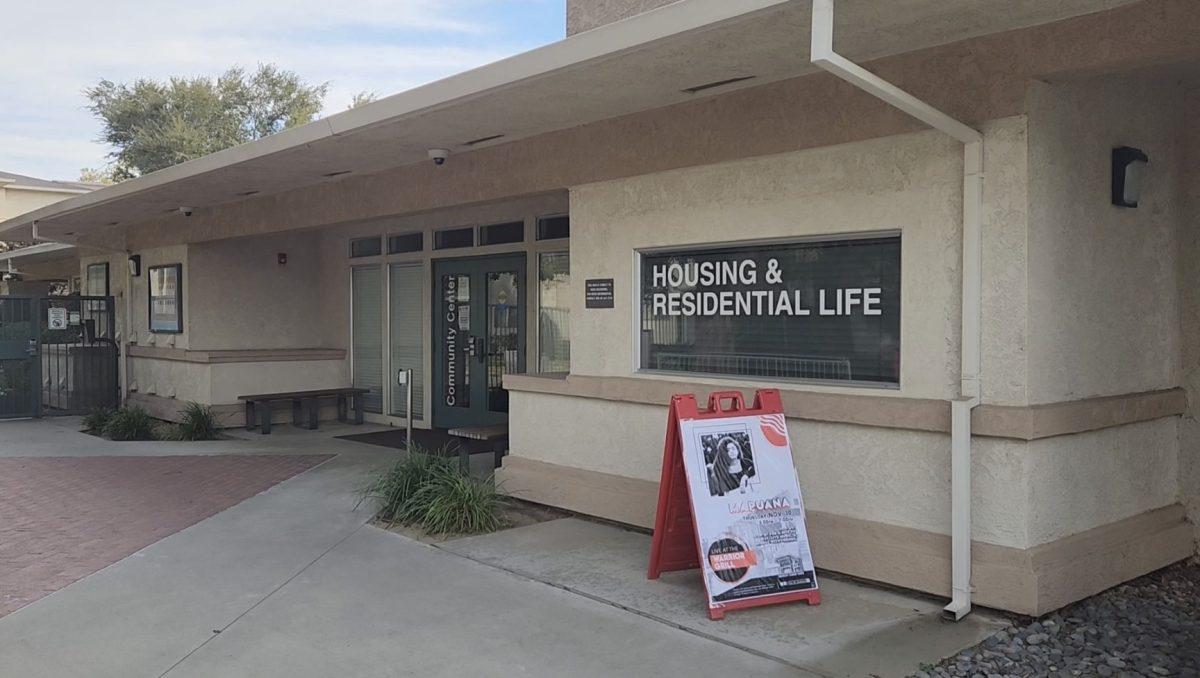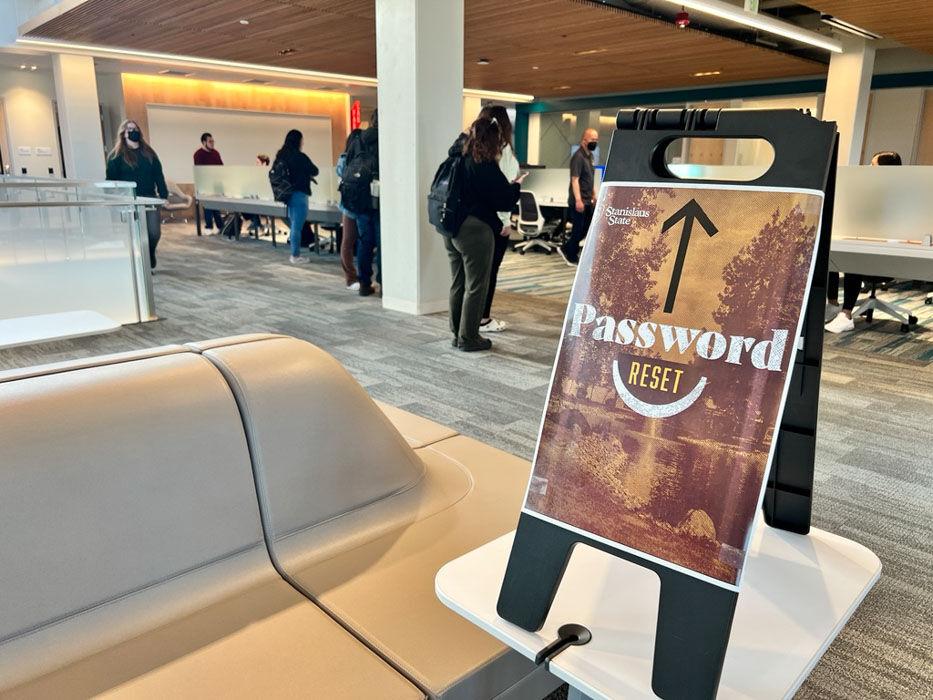SafeConnect is a program created by Impulse Point for the purposes of securing networks. According to their official website, SafeConnect gives “the most flexible network access control solution available” and “will never collect or store personal information from its customer’s constituents, and will never communicate directly with end user.” California State University, Stanislaus uses this system for its network users.
There is some history behind the implementation of SafeConnect. In 2008, the Higher Education Opportunity Act made it law that every university participating in Federal Aid programs for its students would have to take measures to stop illegal downloading/sharing.
Many schools consider SafeConnect an affordable solution to this rule. But an article in “Free Press” (The New School’s student-run newspaper) questions the safety of SafeConnect. According to “Free Press,” one former computer science student at Sacred Heart University, St. John Johnson, found it alarming that “It was sending network packets to ‘approve’ me” and “felt it was a huge breach of my privacy.” In addition, they offer two different examples where the security of SafeConnect was either hacked or bypassed. The problems were fixed with updates, but this brings to light SafeConnect’s past.
The OIT Department at CSU Stanislaus trusts SafeConnect in order to make sure the internet is safe for everyone on campus. Last week’s article in “The Signal” describes the software as “nothing more than a necessary anti-virus program.” That fact alone is alarming. For an institution to tell us what anti-virus software is good enough for our own laptops feels wrong.
In addition, The Electronic Frontier Foundation notes in an article on SafeConnect that “The pressure to require students, professors and campus visitors to install and run software on their computers as a way to ‘protect’ the content industry is wrong, and can be dangerous.”
One experienced CSU Stanislaus computer user doubts that SafeConnect is right for students.
“Its real purpose is to prevent students from committing copyright infringement using Peer2Peer software,” Joel Hammond (junior, Computer Science) said. “A ‘security’ program that is so insecure raises questions of why it should even exist.”
This is a step into a bad direction that universities should not take with their online networks.
Categories:
Is SafeConnect really safe?
By Reinier Macatangay
•
September 18, 2012
0
Donate to Signal
Your donation will support the student journalists of California State University, Stanislaus. Your contribution will allow us to purchase equipment and cover our annual website hosting costs.
More to Discover






